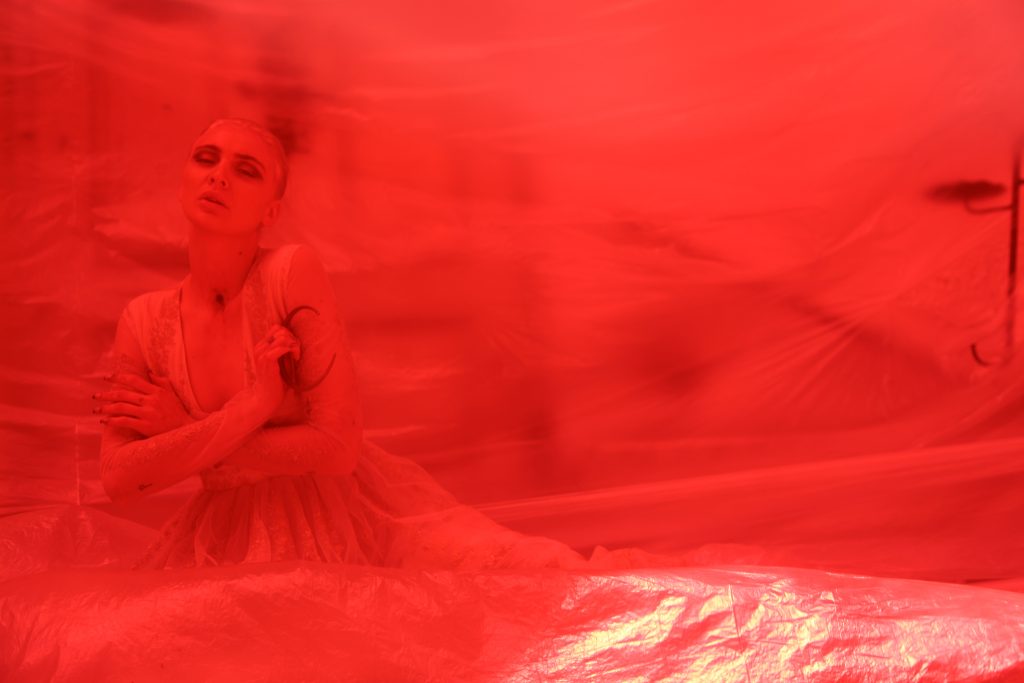
Costume and embellishment have long played an important role in the visual appeal of dance, and fashion designers have often been inspired by the way dancers look. The tutus and pointe shoes of the Romantic ballerina, for example, have influenced designers from Christian Dior to Christian Louboutin. Cristóbal Balenciaga was inspired by the drama of flamenco, Yves Saint Laurent by the Orientalism of the Ballet Russes, and Rick Owens by the vitality of African-American steppers. The mixing of high fashion and dance, that combination has a long and fruitful history. Dance and fashion naturally intertwine. No one can move, or bring life to an item of clothing quite like a dancer. Dance leapt off the theater floor to the big screen when the 1930s boosted the movie industry showcasing dances like ballet on the silver screen. During this time, costumed dance was a fashionable way to attract audiences to be entertained with styles such as waltz, jazz, and tap. Broadway arrived in the 40s and 60s, as did the Golden Age of dance. Fashion trends pushed during the economic boom due to consumerism. The standard of fashion in the 50s expected women to be presented as the “homemakers” of society with long, flowy skirts or form fitting, knee-length skirts that accentuated their figure. On Broadway, however, leotards and shorter dresses were more feminine and more desired to showcase the legs for dance costumes. The sex appeal became even more notable due to the big stars of Hollywood. The 70s and 80s ushered in the era of Disco. This brought the groove, color, and bold style of fashion. The dance wardrobe became more creative with stars like Madonna and Cyndi Lauper pushing boundaries with their funky and unique sense of fashion. People began to rock bell-bottoms, skin-tight garments, chunky sweaters, oversized off-the-shoulder tops and leg warmers. Hip-Hop fashion during this time started trending in urban areas with baggy apparel and athletic wear along with bright colors and bold patterns. When it came to accessories, sneakers and snapback caps were popularized. Pop stars dominated the 1990s and 2000s. The emergence of hip hop introduced street style and punk rock bands brought edgy, dark-colored fashion. From the Spice Girls to Britney Spears to Beyoncé, women in the entertainment industry became dominant and powerful. All of these changes through out history have influenced the designers and the way we dress in our day-to-day lives. You may not see the connection but I assure you it’s there. You just have to look closely.
Story by Jen Ruane.

